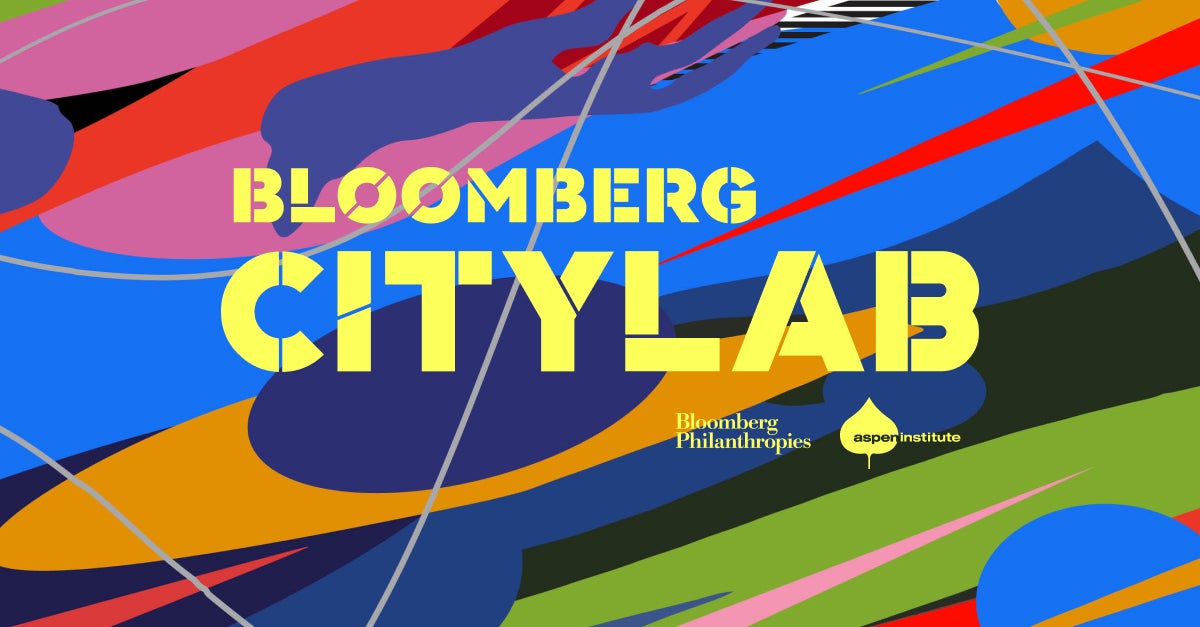“How are cities changing, and who benefits, and how can we make sure that the most people benefit, and how do we make sure the city is inclusive for as many people as possible, is the issue we are all going to be faced with increasingly in the future.”
According to Brian Kenner, DC’s Deputy Mayor for Planning and Economic Development, those are the most pressing questions facing city leaders now, and they will only get more urgent in the future. Kenner summed up these challenges at the end of a recent panel discussion hosted by the Aspen Institute Center for Urban Innovation.
Watch the program here:
Deputy Mayor for Greater Economic Opportunity Courtney Snowden opened the event, describing how her job is to “build people,” ensuring that the most overlooked residents have the opportunities to achieve economic success. This focus on people, rather than traditional government functions like transportation or economic development, allows her office to connect a range of programs in different departments. One example is the Aspire to Entrepreneurship Pilot Project that supports returning citizens in starting and growing businesses, which is a collaboration between small business development, employment services, and returning citizens affairs agencies, as well as a local asset-building non-profit.
The discussion of working across – and even breaking up – government silos continued during the panel, which included Deputy Mayor Kenner, Stephen Goldsmith, former mayor of Indianapolis and current Harvard Kennedy School professor, and Scott Kratz, Director of DC-based community development non-profit 11 th Street Bridge Park.
Mayor Goldsmith, drawing on examples from his new book A New City O/S: The Power of Open, Collaborative, and Distributed Governance, co-authored with Neil Kleiman, delineated a new kind of city official, a “data-savvy problem solver,” empowered to collaborate and deliver services in creative ways while adhering to strict standards of accountability.
Mayor Goldsmith stressed the transformative predictive capabilities city governments now have. In Los Angeles, for example, officials have used data on sanitary conditions to understand discrepancies in neighborhood service delivery. In other cities advocacy organizations can analyze trends in demographic information of people stopped by law enforcement in certain locations to detect possible profiling. This enhanced capacity to map, model, and visualize trends encourages city officials to take a proactive approach in improving and enhancing city services. As Goldsmith says, communities “no longer need to accept conditions of poor neighborhoods,” as there are “tools there to identify issues and discrepancies.”
The use of data alone is insufficient, though. New governance models depend on careful listening to communities, often through the use of social media, surveys, and other digital platforms that can engage residents at more frequent intervals and show trends in how services are used. These tools also provide governments and other civic groups with the opportunity to gain or build trust with community members, if the tools can show how community feedback has influenced the direction or design of a program or initiative. For example, Scott Kratz highlighted how the 11th Street Bridge Park project, which is working to transform an old freeway bridge crossing the Anacostia River, started by asking residents if they wanted a bridge park at all, and if so, what types of programs and activities they wanted for their communities.

A street in Shaw, a historic Black neighborhood in DC (photo credit: istockphoto)
Throughout the conversation panelists noted two tensions inherent in citizen engagement: the long time needed to build trust, and the simultaneous need to demonstrate impact rapidly, and the diversity of voices within a community. Especially when working with communities facing or fearing displacement, like those not too far from 11th Street Bridge Park, achieving wins quickly while building shared experiences over time is critically important for long-term economic development and success. For example, Kratz and his team helped start a home buyers club in Ward 8 to help residents purchase homes prior to breaking ground on the physical bridge.
Deputy Mayor Kenner explained that showing clear community successes can prove difficult because there is rarely one cohesive community voice or perspective. During hundreds of community meetings that he attends, he frequently hears residents “wanting and fearing things at the same time.” Digital tools can help government agencies gather a more comprehensive idea of communities’ wants and concerns, but as Deputy Mayor Kenner pointed out, governments need to be honest and transparent around what they can provide and admit that they cannot make everyone happy. The key is for citizens to understand decision-making processes and intent, which new technologies can assist governments in illustrating.
New digital technologies and big data can help governments reach and empower underserved communities in new ways, but government and city leaders will need to be deliberate in employing these tools for equity and inclusion. Otherwise, these innovations could widen gaps instead of bridging them.
